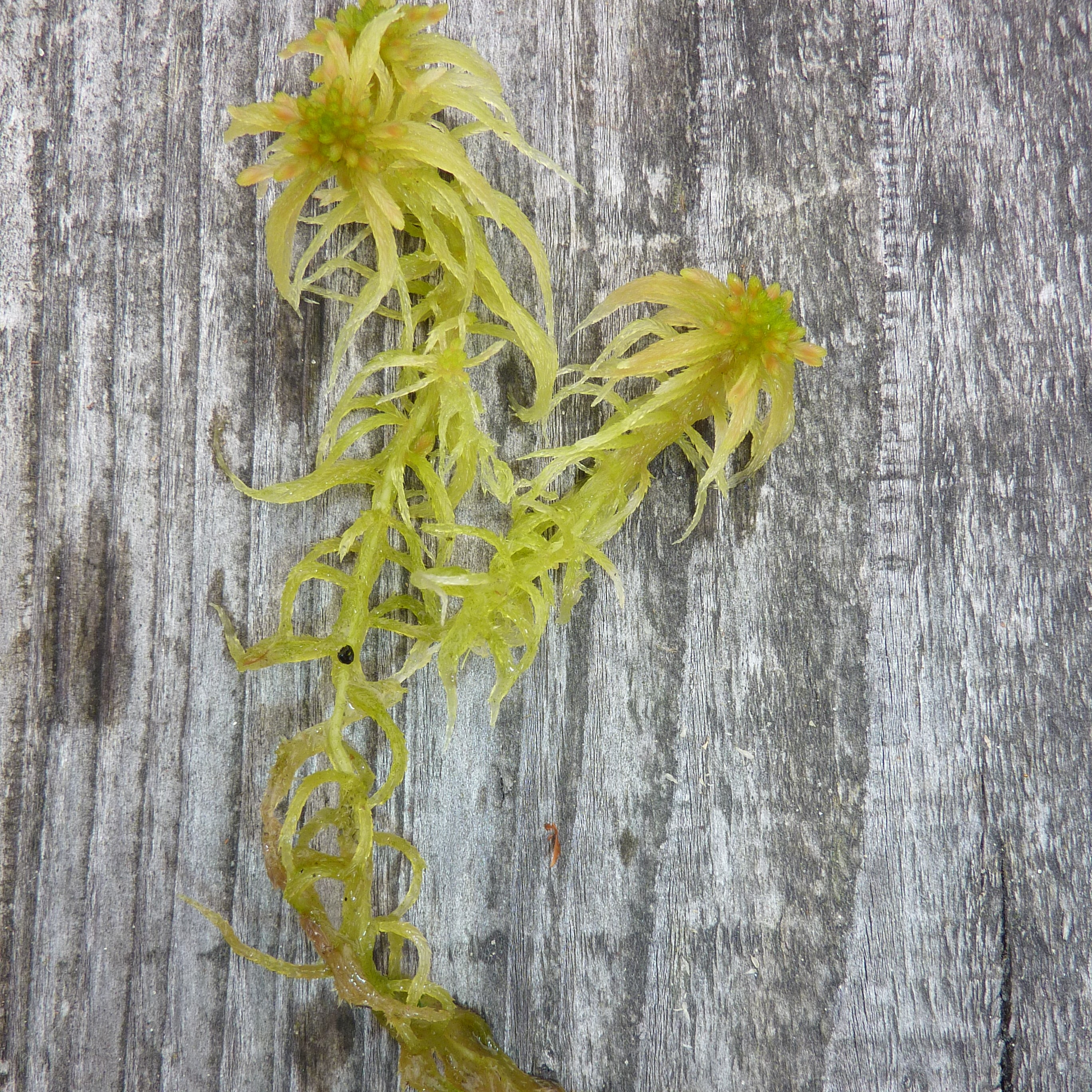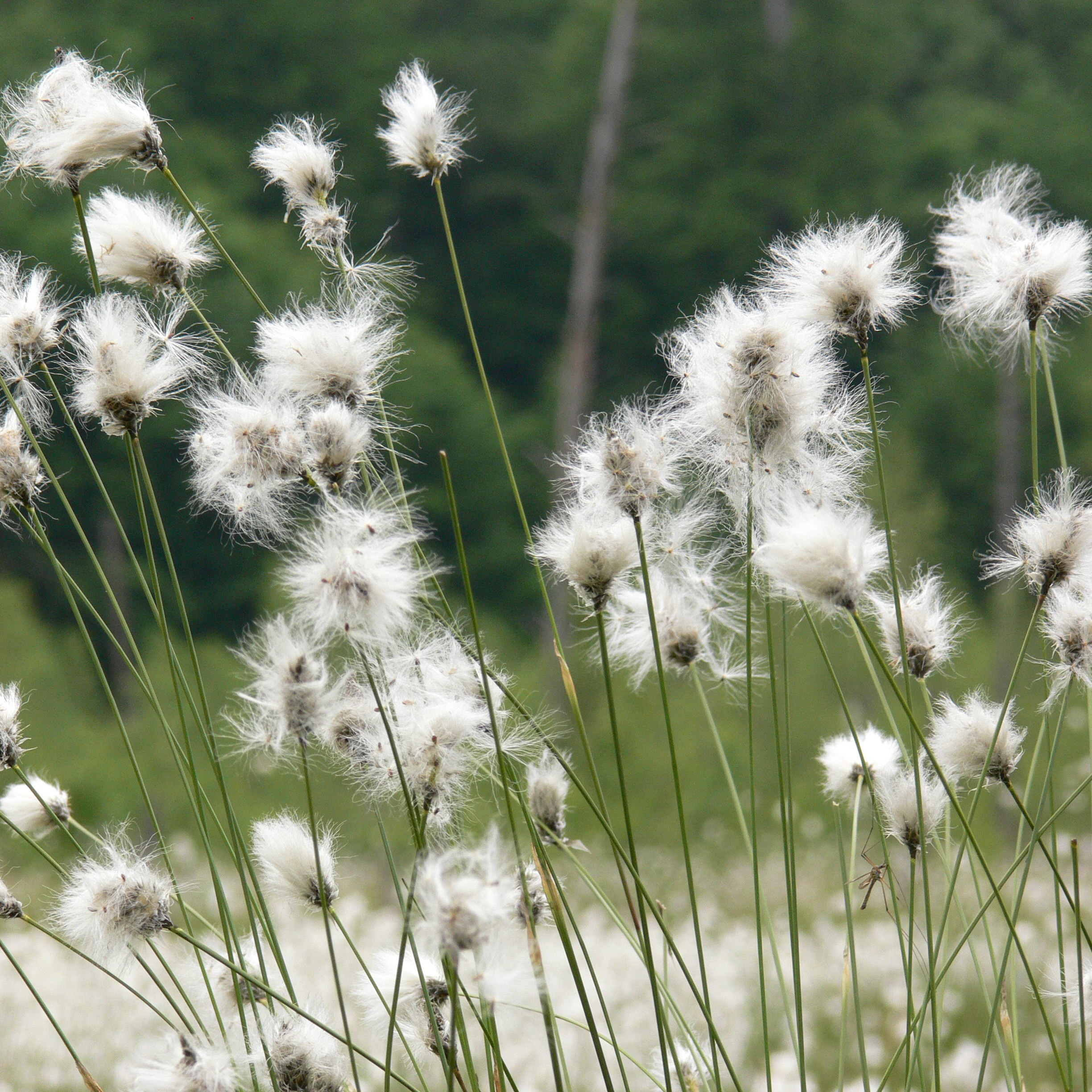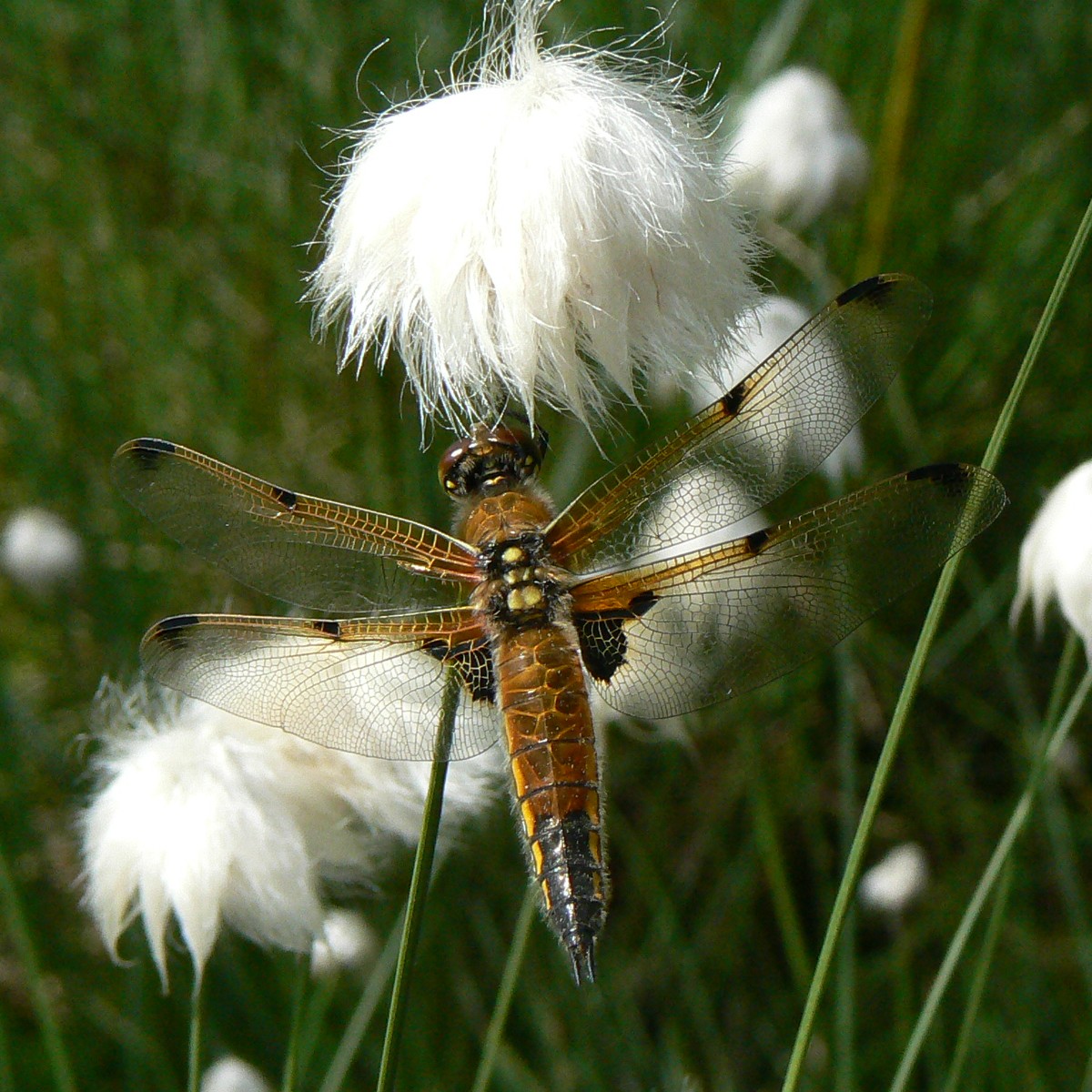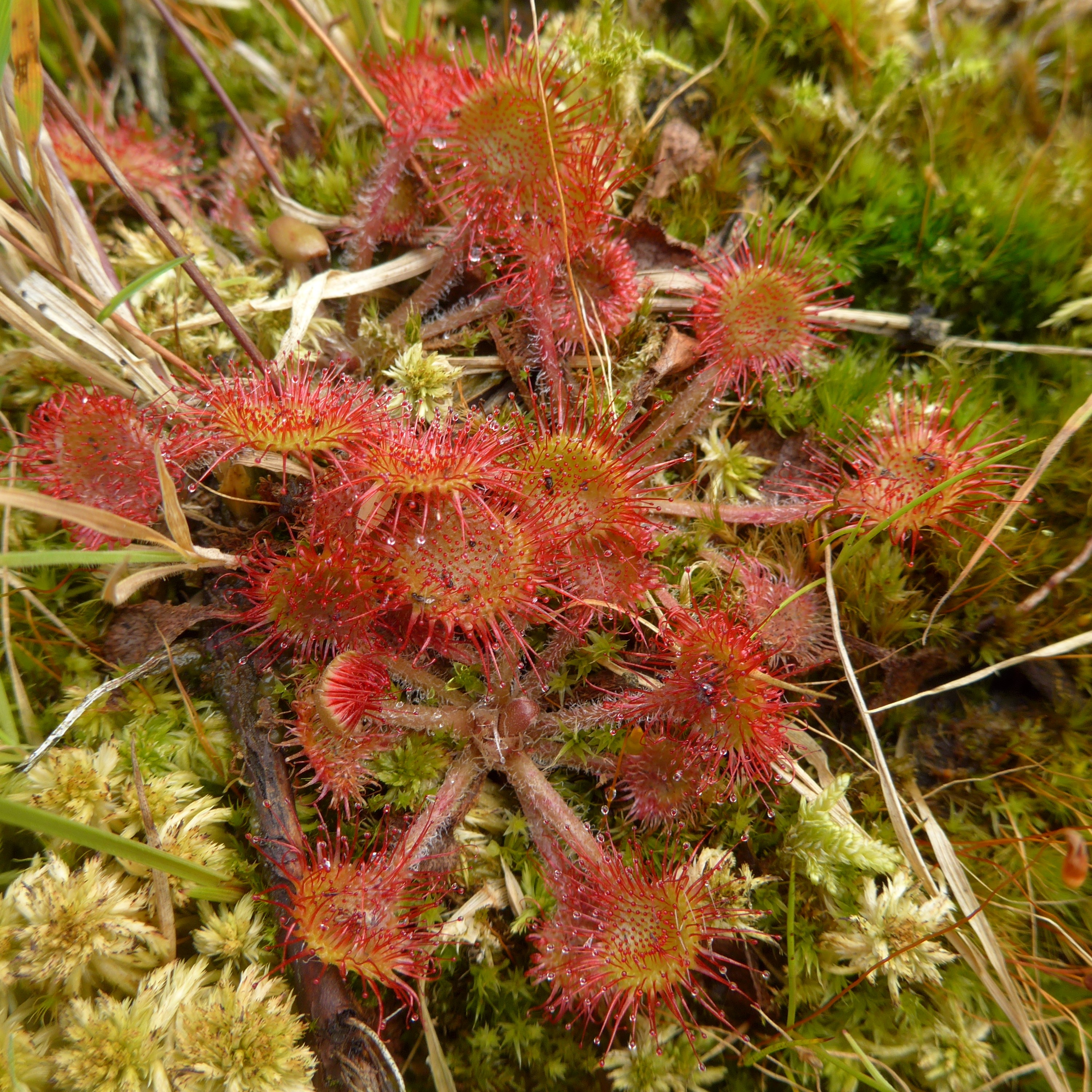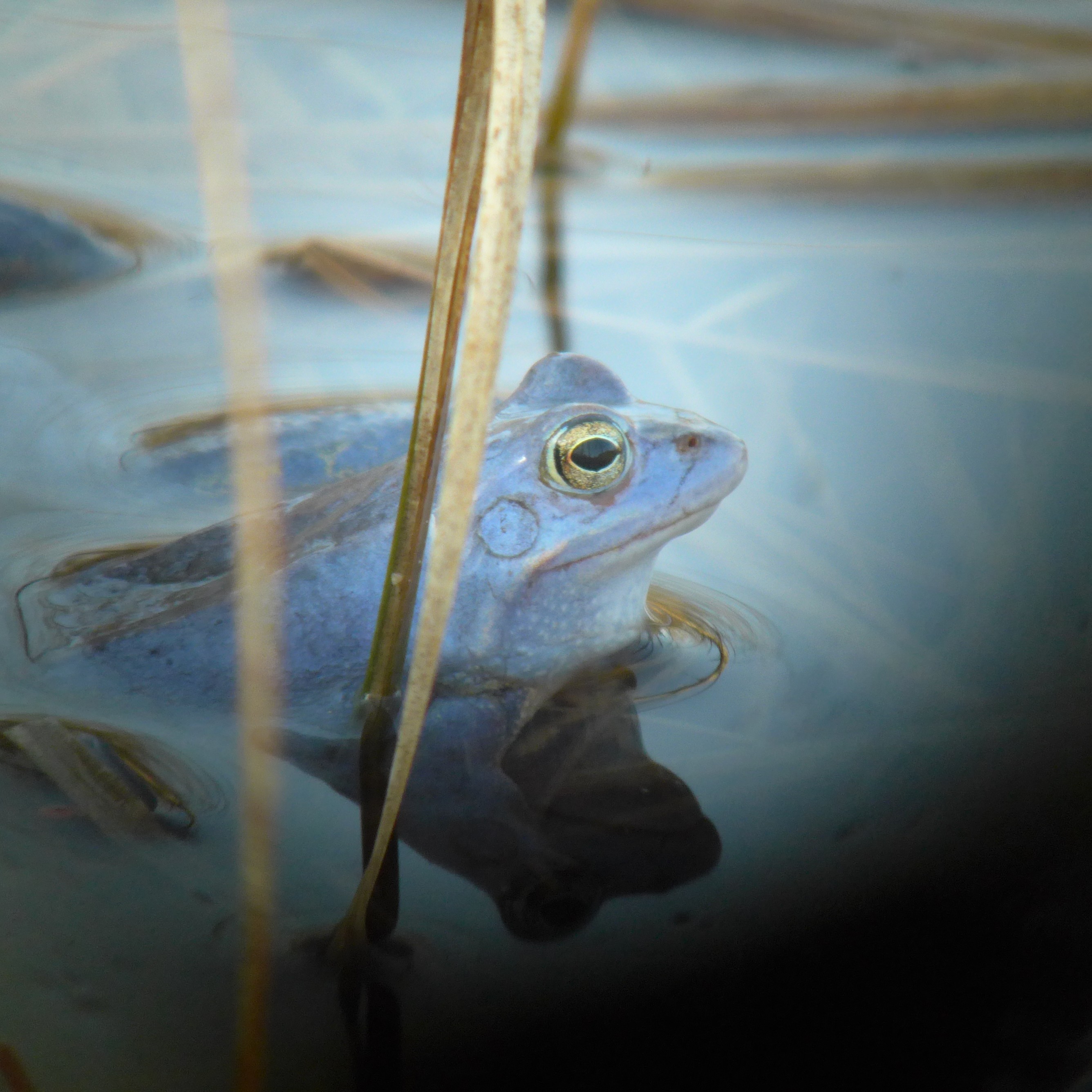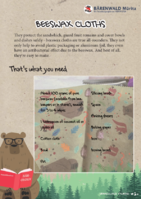
#SmartLikeABear - Week 6
Week 6 of our bearology challenge
What's happening this week?
Find the timetable and an overview over all activities below.

Overview week 6
- 31.05. - Monday
We want to introduce to you a habitat that is important for climate protection and it is a place where many animals and plants live that only exist there: The swamp.
The pictures were provided by the Müritz National Park. Feel free to visit them, they have swamps and offer great guided tours.
Swamps are wet habitats with spongy soils of dead peat moss. It becomes a wet place like that if there used to be a lake or if there are springs. However, swamps can also "grow out" of the groundwater and only be kept moist by rainwater.
The soil in a bog is something very special and is called peat. Almost all peatlands have been destroyed, mainly through the extraction of peat, which is used today mainly for garden soil and in the past for heating. This is terrible because swamps are important for the climate since they store a lot of CO² and they buffer water fluctuations. Rare animals and plants live here as well, that managed to adapt to this nutrient-poor and acidic environment.
Can you help? Sure! At the garden centre put the garden soil with peat back on the shelf.
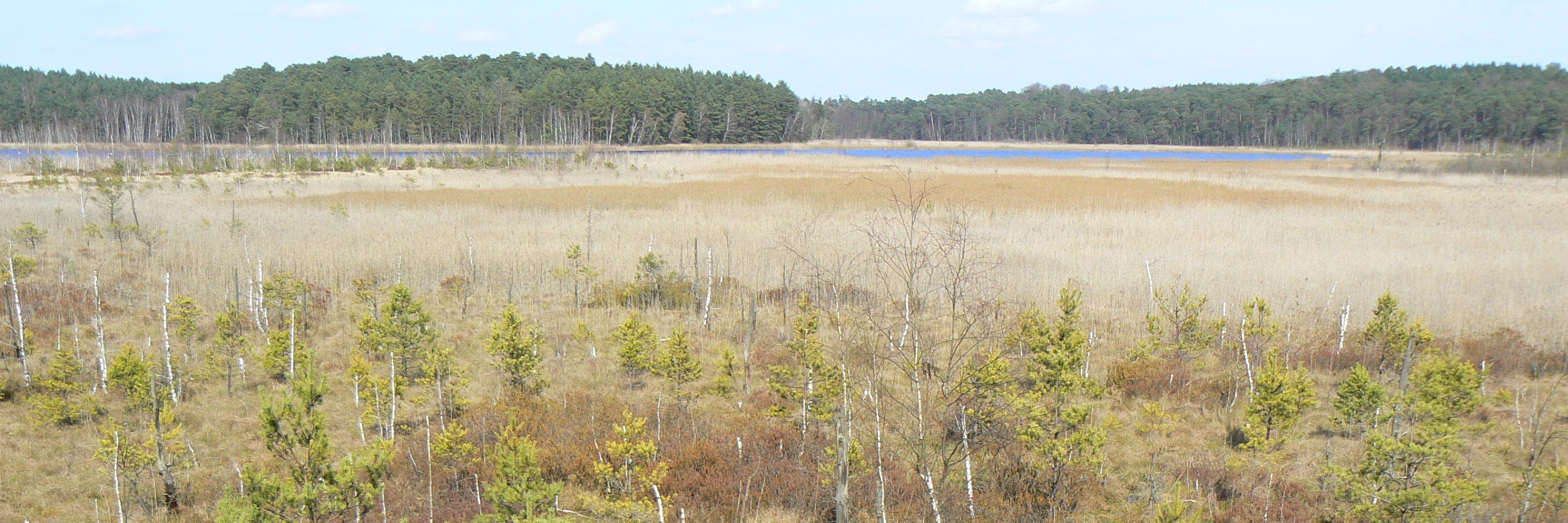





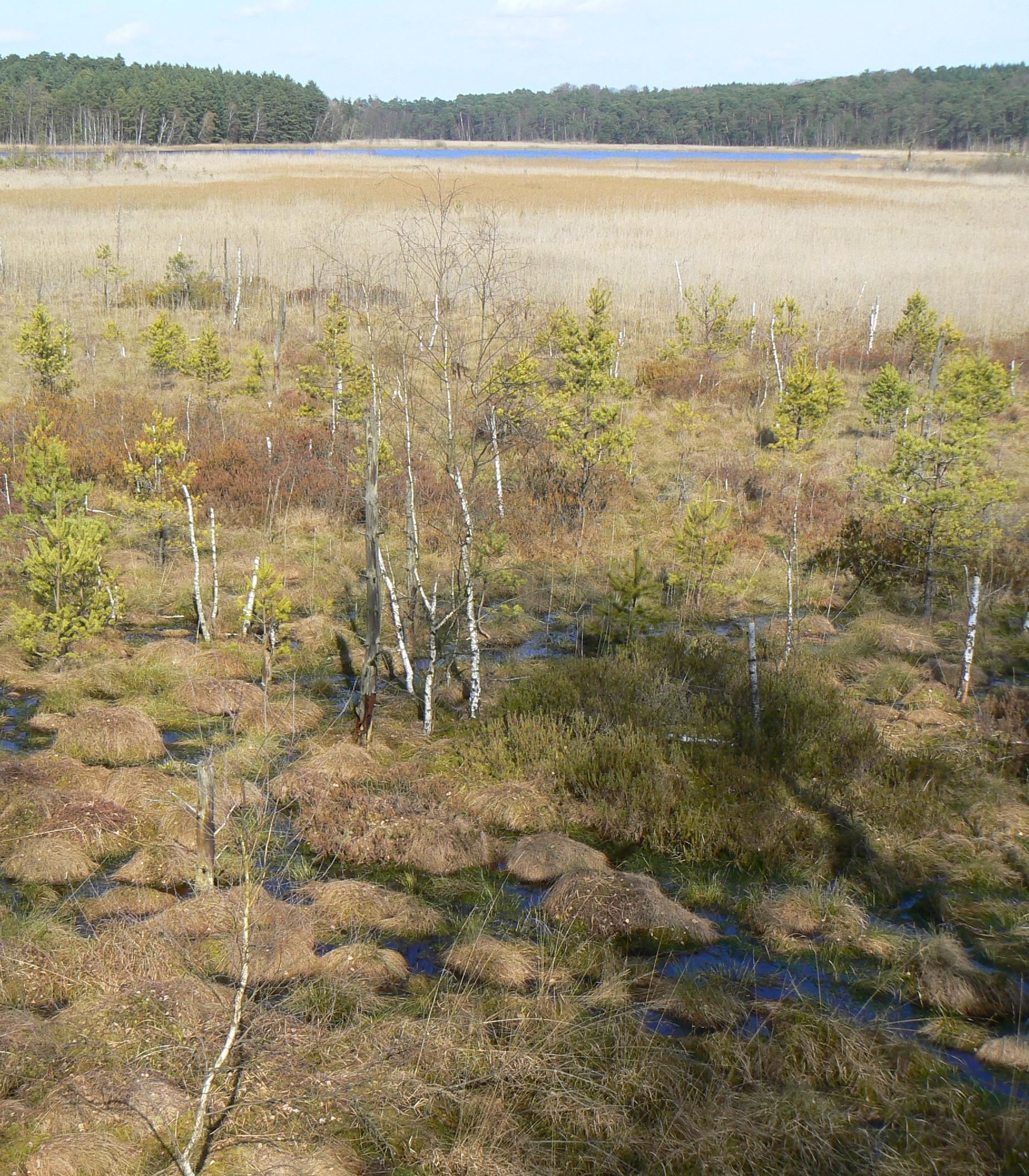





- 01.06. - Tuesday
Be inventor of animal names
Dear children, today on Childrens' Day we would like to give you a little something. Today you have free admission anyway. But if you're lucky, you can take home a surprise after your visit.
But you have to solve a creative task before. If you were an explorer and discovered this beautiful animal, how would you name it? No use looking it up and asking your parents. Creativity is needed here! Send the butterfly names via email to: umweltbildung@baerenwald-mueritz.de or us our contact form.

- 02.06. - Wednesday:
What happened here? Here you will again find three photos where it is not immediately obvious what exactly is to be seen on them.
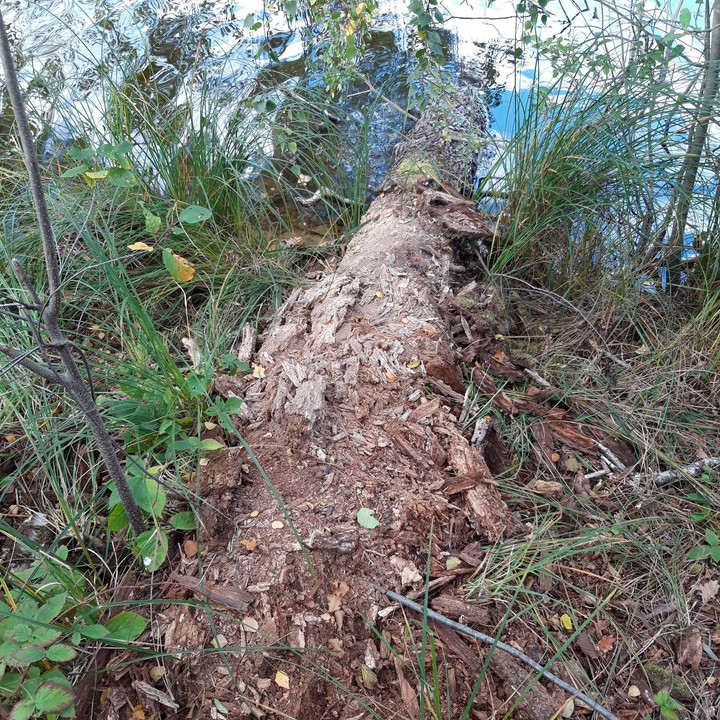
Deadwood
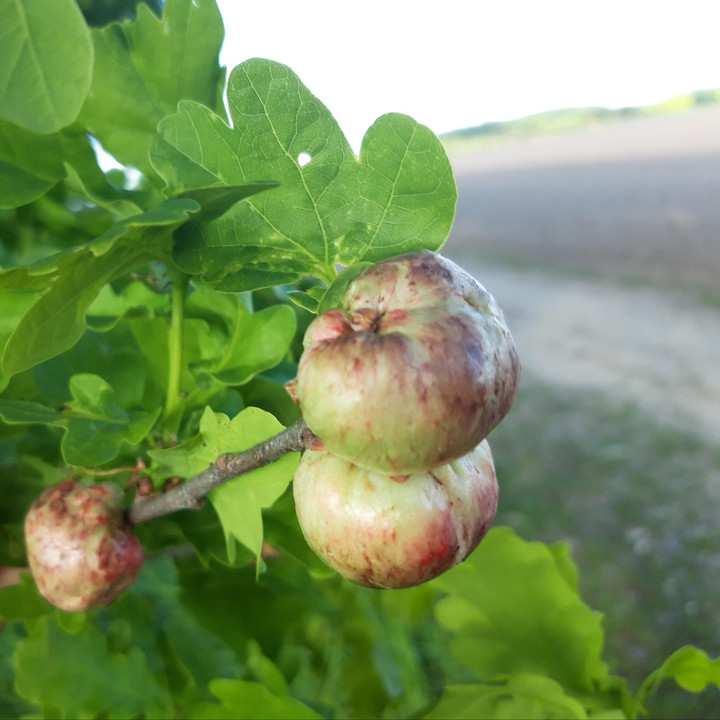
Gall Apples
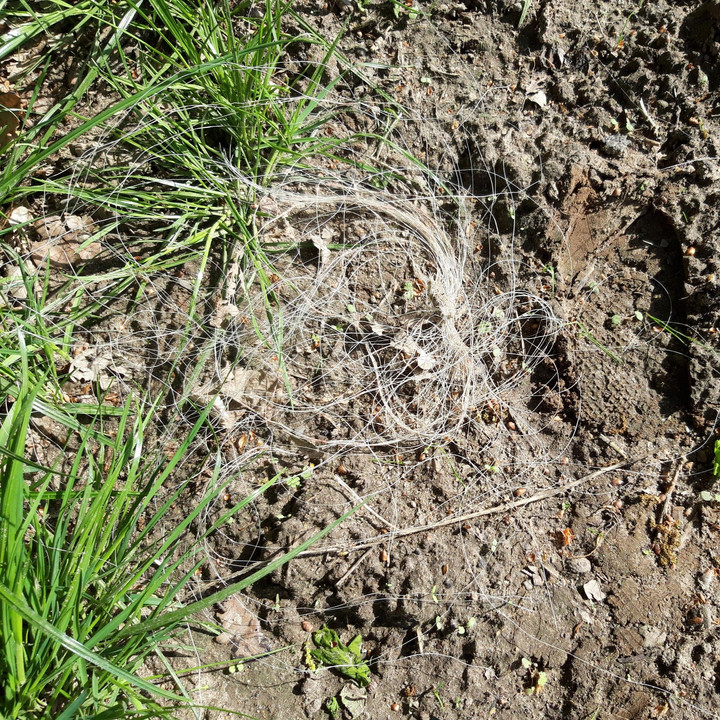
Plastic Threads
- 03.06. - Thursday:
It's time for "Ask the team" and we answer questions our team is frequently asked. Today, our animal caretaker Carmen tells you why bears sometimes like to dig holes for sitting. Watch the reel on Instagram.
If you have an interesting question about our brown bears, please email us at umweltbildung@baerenwald-mueritz.de or use our contact form.
- 04.06. - Friday:
Implementing the idea of sustainability in everyday life is sometimes not so easy: clothing, mobility or even food – the list is long. When it comes to food, plastic packaging or aluminium foil have moved into the kitchen as practical helpers for sandwiches, fruit residues or as bowl covers. But there is a much better and more sustainable option: beeswax wipes. With their antibacterial surface, they are true all-rounders and very easy to make. We show you how.
